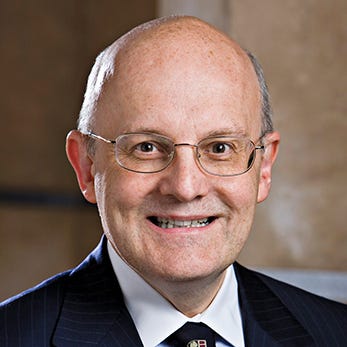
The Tax Cuts and Job Act (the Act) provides a new operating environment for the most generous donors as well as more modest ones.
Most generous donors. For those with the greatest financial capacity to give, the Act creates a new incentive and eliminates some disincentives. The adjusted gross income (AGI) limitation for gifts of cash to publicly supported charities has been raised from 50 percent to 60 percent.1 Charitable deductions are no longer to be nicked by the Pease limitation.2 The dramatic expansion of the exemption from the alternative minimum tax (AMT) and the reduced risk of the AMT exemption being phased out means the taxpayer can do multi-year charitable gift planning with more confidence about using the higher regular tax r...
Unlock All Access Premium Subscription
Get Trusts & Estates articles, digital editions, and an optional print subscription. Choose your subscription now and dive into expert insights today!
Already Subscribed?








